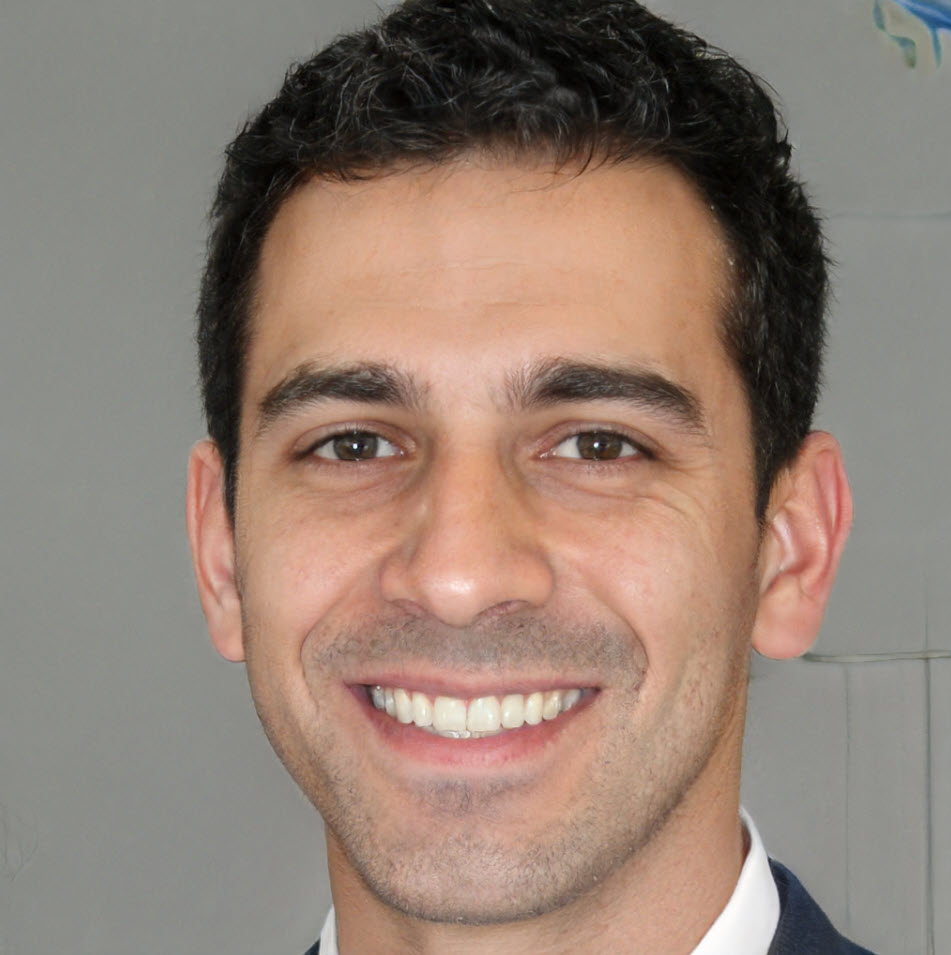004 - How to Synchronize Your LoRa Devices to OCTOBUS - The SaaS IoT Platform - Tutorial
16,051 View
Share this Video
- Publish Date:
- 7 April, 2023
- Category:
- IOT Videos
- Video License
- Standard License
- Imported From:
- Youtube
Tags
www.octobus.asia
In this tutorial, we will guide you through easy steps to connect your LoRa device to OCTOBUS. Although there are numerous LoRa network providers in the market, we will focus on integrating with The Things Stack – a popular LoRaWan network server.
To begin, register for LoRa networks and prepare your devices for OCTOBUS integration. Go to the Things Stack website - https://www.thethingsindustries.com - and log into your account. Once you have successfully logged in, click on “Applications” button. Choose the application in the LoRa server where your registered devices are located and which you want to synchronize with OCTOBUS. They will be shown at the bottom of the page. A menu will appear on the left-hand side of the screen, including “API Keys''. Simply click on the “API Keys' button and proceed.
Now, the most important step is to create an API key for OCTOBUS integration. In the “API Keys section, click on the “Create New API” button. Copy the newly created API keys as the value of the key secret will not be accessible after you close this window. Store the Application ID and the API key in a safe place as you will need it to complete the integration with OCTOBUS.
You have successfully created an API key for OCTOBUS integration.
After obtaining the LoRa API Key, you can proceed to synchronize it with OCTOBUS. Log into your OCTOBUS account and access the “System Admin'' Menu. On the left-hand side of the menu select the “Developer Console” section. It will lead you to a screen displaying the available integrations in OCTOBUS for you to choose from.
To activate the “LoRa API Integration'', click the “Wheel” icon next to it. It will lead you to the screen with LoRa servers, requesting you to add a server. Click the “Add Server” button. A pop-up window will emerge in which you choose “The Thing Stack '' option. Now you have entered the LoRa API Access Screen. Fill in the data from your Thing Stack account. In the “Authentication” field, choose the “Application ID/API Key'' option. Fill in the Application ID and then provide the API key for OCTOBUS which you saved earlier. Push the “Create” button. You added the application from your Thing Stack account that needs to be synchronized with OCTOBUS, and now it is reflected in the platform. Click on it and then press “Sync” button. You will be led to a menu with the option of devices that you need to synchronize.
Choose the device from the menu. If you cannot find your device in the list immediately, you can go to the “Encodings” tab and provide the code if you have it. Alternatively, go to the “Manufacturers” tab and find the manufacturer of your device there. If none of the options above work for you, go to the “Search” field and type in the device that you are looking for. The platform will find it for you in its library! Choose the device and click “Save”.
In case your device is not in the OCTOBUS Library, please, go to the button “I did not find my device” pointing to the OCTOBUS Service Portal to ask for the integration for a new device.
Afterwards, select the “Organization Unit'' to which you want to add the device and save it. You have successfully synchronized your device with the OCTOBUS Platform.
In the next step, go to the Asset tab and push the “Asset Types” button. You will see that your newly added device/asset type is reflected in the system. In the next step, push the “Assets” button to make sure that the device is reflected there as well.
Now that you have connected the platform and the devices you can start obtaining data. Let us go to the left-hand Menu and click the “Dashboard” button. This is where we will customize our dashboards for the data that we will be receiving soon. Push the button “Create New Dashboard”. Provide the dashboard with the name, choose the “Widget” you need and save it.
Out of the widget selection we will choose “The Table Chart”. Since we have connected only one Asset in our example, we will tick the box “ List of Last Measurement Values of One Asset” and click the “Next” button.
Then we are taken to the “Select Data” field where we select our Asset type, Asset and its measurements.
In the “Specify Time” Field we select the date range during which we want to collect the data and again, press the “Next” button.
In the “Visualization” field we hit the “Create” button. Now that our dashboard is created, you will see the table widget, which is currently empty. You can adjust the size of the table by clicking the “Lock” icon in the upper right -side menu.
Let us check if our sensor is working. The type of sensor that we created collects the data on humidity. As you can see, in a few instants the sensor is picking up the data and reflects it in the OCTOBUS dashboard. To explore various methods for obtaining a different representation in the Dashboard, see our other tutorials.
Did you miss our previous article...
https://techvideos.club/iot-videos/5-major-trends-in-iot-technologies-for-the-future














